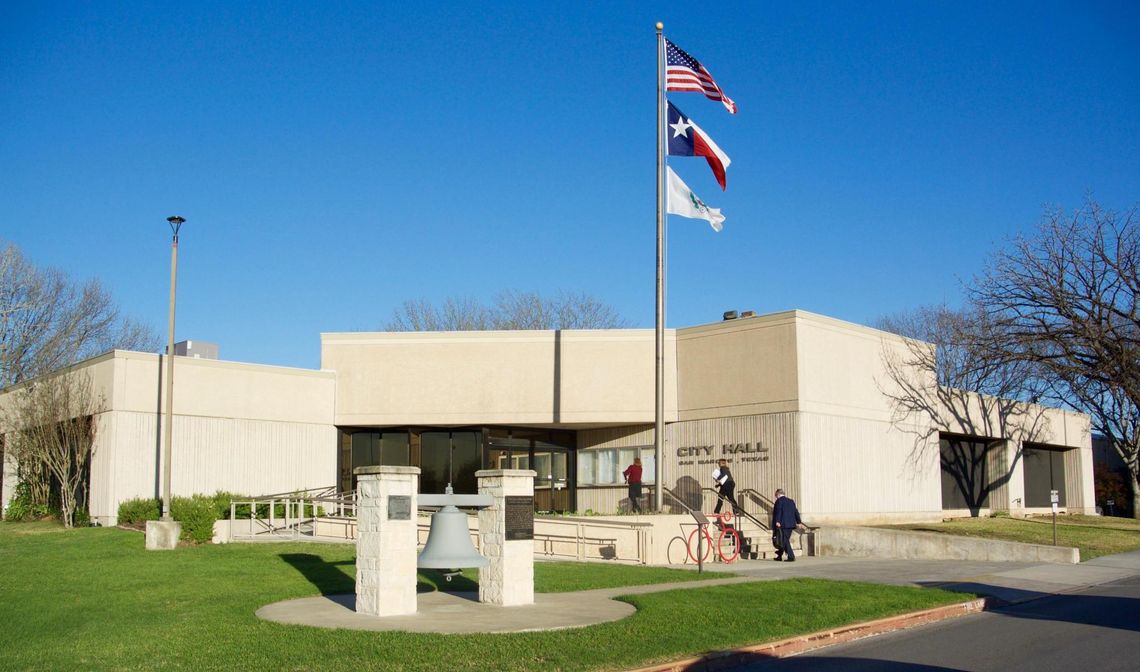The Homelessness Needs Assessment recently conducted found three critical needs in San Marcos that include critical relief services and housing solutions, comprehensive, accessible data and collaboration, coordination and leadership among key homeless service providers.
The San Marcos City Council received a presentation and held a discussion regarding the needs assessment conducted in partnership with Texas State University during the council’s Tuesday afternoon work session.
Dr. Rebecca Davio from the Texas State University Department of Geography introduced the speakers and thanked staff, council and members of the team who assisted with the assessment.








